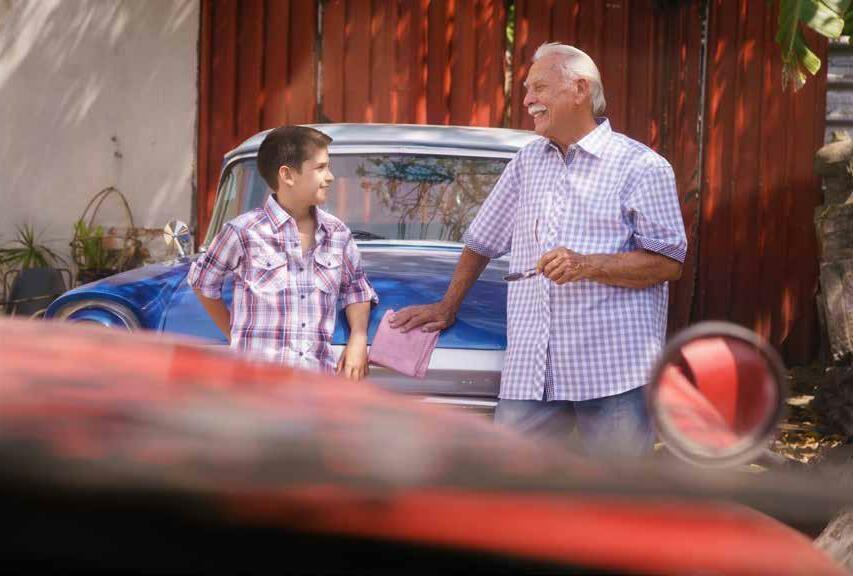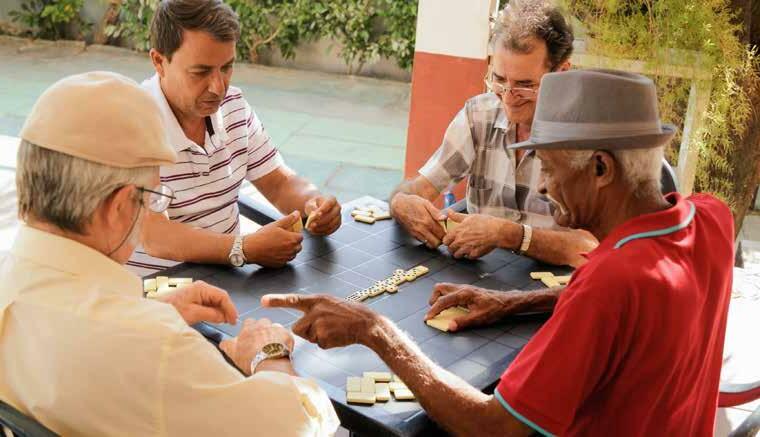
3 minute read
The History of the Lifestyle Home Loan Program
THE HISTORY OF THE LIFESTYLE HOME LOAN
The Lifestyle Home Loan was launched into the market place in January 2009 as a result of the Housing and Economic Recovery Act of 2008. You have to admire the forward thinking that went into introducing such a bold and new mortgage because it solves a huge need for those nearing and in retirement.
Before the Lifestyle Home Loan was available it was common for retirees to pay cash or secure a traditional mortgage to purchase their home. However, a lot of times within a few years these same folks would need access to cash because of an emergency, or to supplement their income. To solve the cash flow crisis, homeowners could secure a traditional line of credit. But the problem with using a line of credit to solve cash flow issues is that future on-going payments are required.
So while the line of credit may solve an immediate and urgent problem, it also opens up challenges for positive cash flow in the future. In some cases a better option is to gain access to a portion of a home’s equity by securing a Lifestyle Home Loan refinance. This refinance option solves the cash flow crisis under more favorable terms. Specifically, you can get access to a portion of your home’s equity and not have to stress out by making monthly mortgage payments to pay the loan back. You just have to make sure you maintain the home and remain current on property taxes, insurance, any HOA fees and occupy it as your primary residence.
However, the problem with both of these options is that the new loan creates another round of closing costs. The Lifestyle Home Loan fixes this problem with a single transaction, meaning a significant portion of your nest-egg is preserved by not having to go all in with a cash purchase, and you free up monthly cash flow by not having a monthly mortgage payment. To date, this loan is the only mortgage that uses age as a preliminary qualifying factor. So if you’re at least 62 then this is one time it pays to be older. Smile and celebrate!
Here’s some more good news regarding age, particularly if your spouse is not at least 62. Recent changes to the FHA guidelines have made it possible for one borrower to be 62 and their spouse to be younger. If you’re married at the time of closing on your loan, you can protect the younger spouse’s interest in the home in the case of death of the older spouse.
This is accomplished by basing the down payment amount on the younger spouse’s age. The term used to describe the younger borrower is Non-Borrowing Spouse or NBS for short. The younger spouse can be on title, but FHA will allow them to qualify for something known as a due and payable deferral.
Here’s a list of items that will need to be satisfied to accomplish this:
• The loan cannot be in default for any reason (delinquent property taxes, homeowners insurance and/or condo dues) If you’re not married at the time of closing on your loan, and you have a significant other in your life that is younger than 62, then they can be on title, but not on mortgage --- but can live in the home with the borrowing resident. A form will need to be signed by the non-borrowing resident stating they are aware that if the borrowing resident vacates the home this triggers the loan to become due and payable. The surviving resident can refinance the home and pay off the Lifestyle Home Loan, or they can choose to sell the home.
Please consult your financial advisor if you’re considering purchasing a new home using the Lifestyle Home Loan as a borrower, but have a non-borrowing resident younger than 62 that will be living in the home with you.








